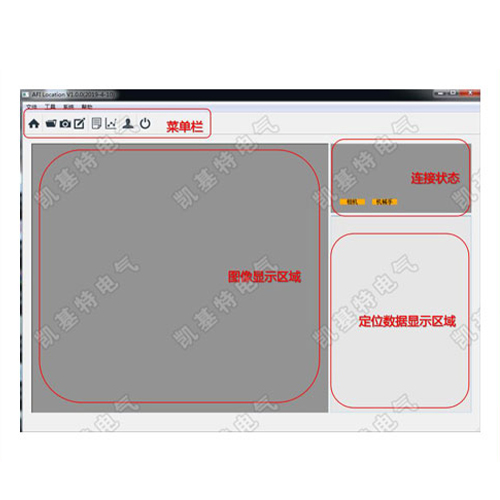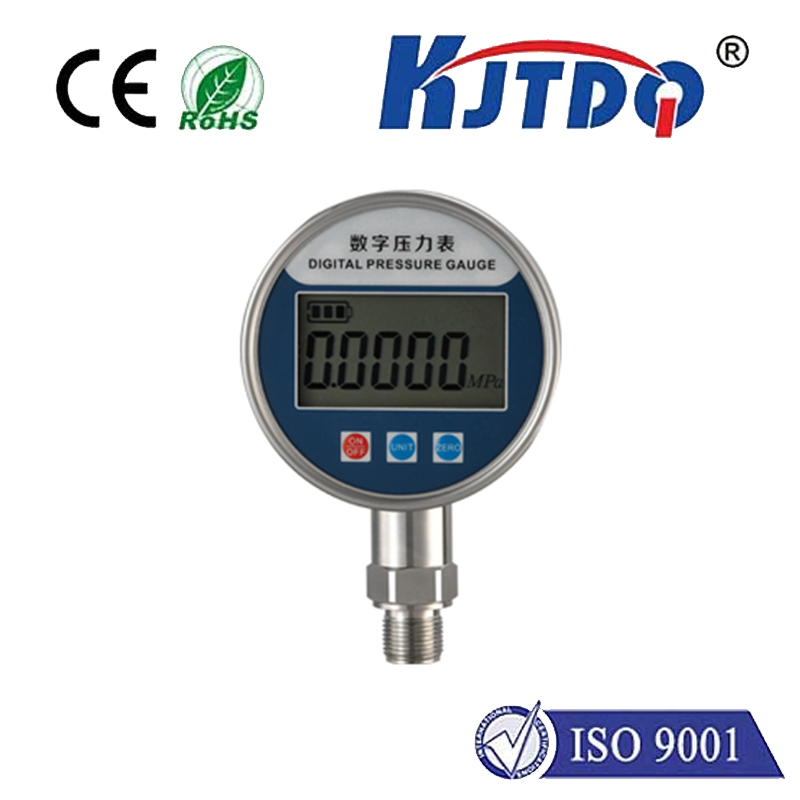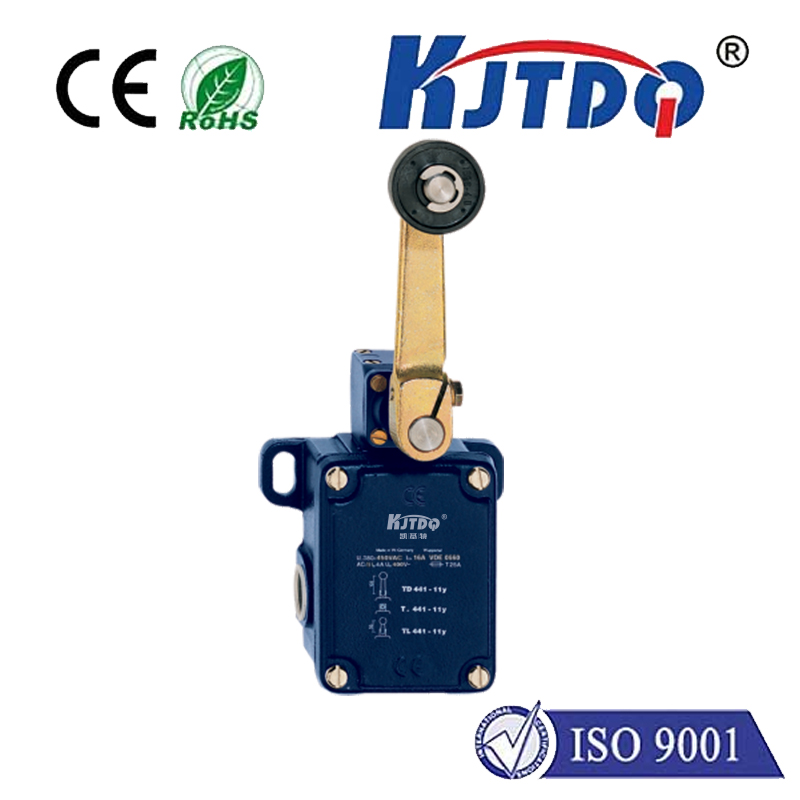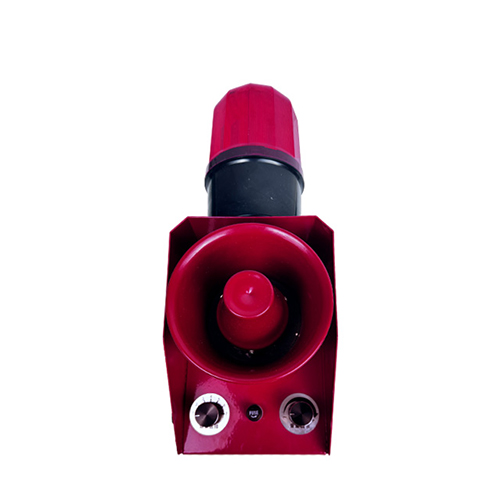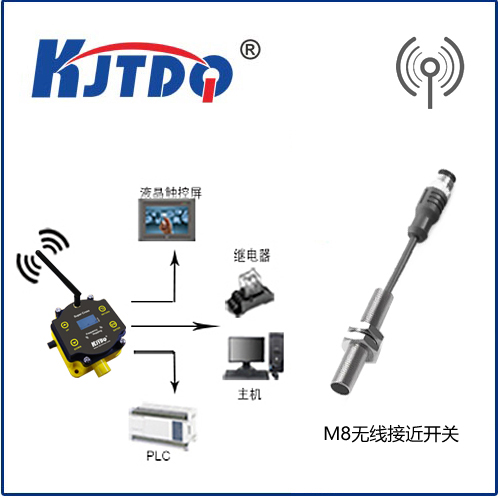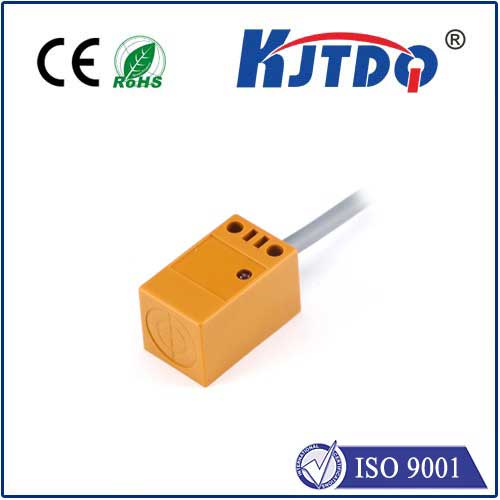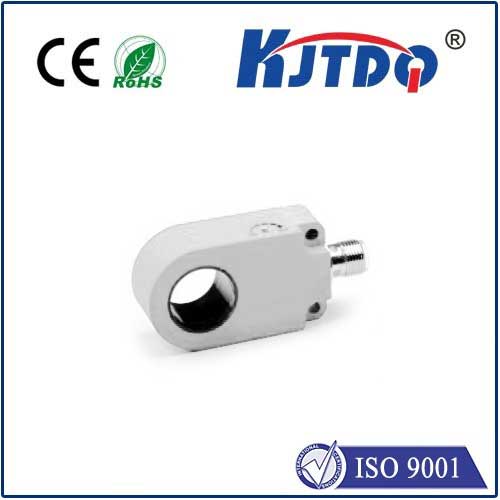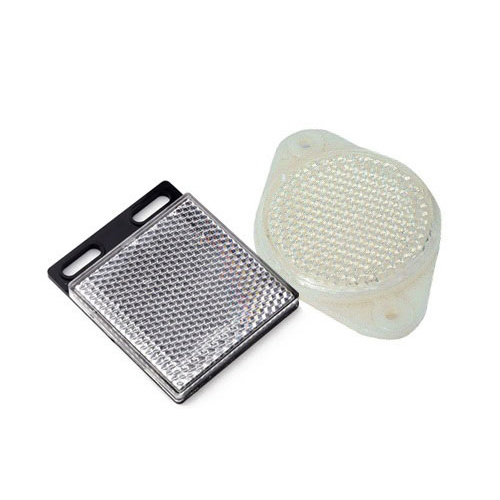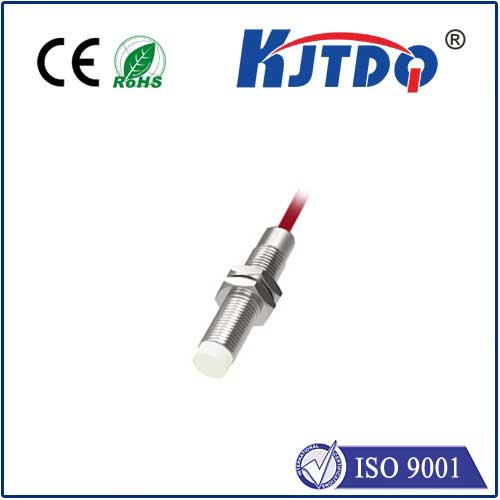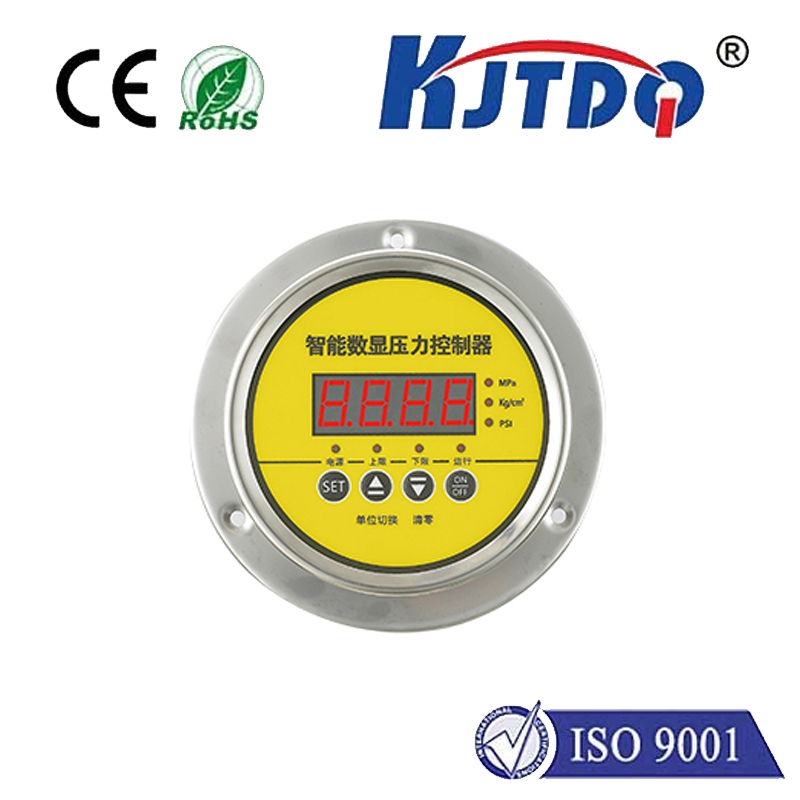sensors and transducers
- time:2025-08-23 01:37:54
- Click:0
Sensors and Transducers: The Silent Architects of Our Digital World
Imagine walking into a room where the lights instantly brighten to your preferred level, the temperature adjusts seamlessly to your comfort, and your favorite music begins playing softly. Or consider your smartphone automatically rotating its screen, your car warning you of an unseen obstacle while parking, or a factory robot arm assembling components with micron-level precision. At the heart of enabling these seemingly magical interactions lies a fundamental duo: sensors and transducers. These indispensable components act as the crucial interface between the physical world we inhabit and the digital systems we increasingly rely upon.
While often used interchangeably, sensors and transducers serve distinct yet interrelated roles within measurement and control systems. Grasping their differences and synergy is key to understanding modern technology:

- Sensors: Think of sensors as the ‘detectives’ of the system. They are devices that detect and respond to a specific physical, chemical, or biological stimulus from the environment. Their primary function is to measure a quantity or detect an event. Common examples include detecting light levels (photodiode), temperature (thermocouple), pressure (strain gauge), motion (accelerometer), or the presence of a gas (gas sensor). The sensor generates a signal, often electrical, that represents the measured parameter.
- Transducers: Transducers, conversely, act as ‘translators’ or ‘converters’. Broadly speaking, a transducer is any device that converts energy from one form to another. In the context of measurement systems, this typically means converting the physical quantity detected by the sensor into a standardized, usable electrical signal (like voltage, current, or digital data). Crucially, a sensor itself is a specific type of transducer – one that converts a physical quantity into an electrical signal. However, the term ‘transducer’ encompasses a wider range beyond just sensing. For instance, a loudspeaker is a transducer converting electrical energy into sound energy (pressure waves), while a motor converts electrical energy into mechanical motion.
Therefore, all sensors are transducers, but not all transducers are sensors. The sensor detects the phenomenon; the transducer (often part of the sensor package or the next stage) converts that detection into a signal suitable for processing, display, or transmission. This synergy is essential for interfacing the analog physical world with digital systems.
The Diverse Toolkit: Types and Principles
Sensors and transducers operate based on numerous physical principles, leading to a vast array of types:
- Passive vs. Active: Passive devices (like thermistors) require an external power source to generate a signal change, while active devices (like piezoelectric sensors) generate their own output signal from the measured energy.
- Analog vs. Digital: Analog devices produce a continuous signal proportional to the measured quantity (e.g., varying voltage). Digital devices output discrete values or digital codes (like binary), often integrating signal conditioning and processing within the sensor package.
- Measured Parameter: This is the most common classification:
- Temperature: Thermocouples, RTDs (Resistance Temperature Detectors), Thermistors, Infrared Sensors.
- Position/Motion: Accelerometers, Gyroscopes, LVDTs (Linear Variable Differential Transformers), Encoders, Proximity Sensors (Inductive, Capacitive).
- Force/Pressure: Strain Gauges, Load Cells, Piezoelectric Sensors, Manometers, MEMS Pressure Sensors.
- Flow: Turbine Flow Meters, Ultrasonic Flow Meters, Electromagnetic Flow Meters, Differential Pressure Flow Meters.
- Level: Ultrasonic Level Sensors, Capacitive Level Sensors, Float Switches, Radar Level Sensors.
- Light/Image: Photodiodes, Phototransistors, Photoresistors (LDRs), CMOS/CCD Image Sensors.
- Chemical/Biological: pH Sensors, Gas Sensors (for O2, CO2, Methane etc.), Biosensors, Humidity Sensors.
Pervasive Impact: Where They Make the Difference
The applications of sensors and transducers are virtually limitless, permeating every facet of modern life and industry:
- Consumer Electronics: Your smartphone is a marvel of miniaturized sensors – accelerometer, gyroscope, magnetometer, ambient light sensor, proximity sensor, microphone (transducer), camera (image sensor), fingerprint sensor, barometer, and more. They enable touchscreens, screen rotation, GPS navigation, fitness tracking, voice control, and endless apps.
- Automotive: Modern vehicles are sensor-packed, including engine sensors (O2, coolant temp, MAP/MAF), safety sensors (airbag accelerometers, wheel speed sensors for ABS/ESP, tire pressure sensors), driver assistance sensors (ultrasonic parking sensors, radar, LiDAR, cameras for ADAS), and comfort sensors (climate control temp/humidity).
- Industrial Automation & Manufacturing: Process control relies entirely on sensors measuring flow, pressure, temperature, level, position, vibration, and composition, enabling efficiency, quality control, predictive maintenance, and robotic automation. Vision systems inspect products, while proximity sensors ensure safety on assembly lines.
- Healthcare & Medical Devices: Critical patient monitoring uses sensors for ECG, EEG, blood pressure, blood oxygen (pulse oximeter), temperature, and glucose. Imaging technologies like ultrasound, X-ray, and MRI rely heavily on sophisticated transducers. Implantable devices also utilize sensors to monitor internal conditions.
- Environmental Monitoring: Networks of sensors track air quality (pollutants), water quality (pH, dissolved oxygen, turbidity), soil conditions (moisture, nutrients), weather parameters (temperature, humidity, pressure, wind speed/direction), and seismic activity.
- Smart Homes & Buildings: Occupancy sensors, light sensors, temperature/humidity sensors, smoke/CO detectors, smart meters, and security sensors (door/window contacts, motion detectors, cameras) automate comfort, optimize energy use, and enhance safety.
- The Internet of Things (IoT): Sensors are the fundamental data acquisition layer of the IoT. They collect the vast amounts of real-world data from billions of connected “things,” enabling insights, automation, and intelligent decision-making across industries – from agriculture to logistics to smart cities.
The Future: Sensing a Smarter Tomorrow
The evolution of sensors and transducers is relentless. Key trends driving innovation include:
- Miniaturization & MEMS/NEMS: Micro-Electro-Mechanical Systems (MEMS) and emerging Nano-Electro-Mechanical Systems (NEMS) enable incredibly small, low-power, affordable sensors integrated into everything from wearables to industrial components.
- Enhanced Intelligence: More sensors incorporate embedded processing and AI capabilities for edge computing, allowing data filtering, feature extraction, and basic decision-making at the source, reducing latency and bandwidth needs.
- Greater Sensitivity, Selectivity & Accuracy: New materials and fabrication techniques lead to sensors detecting lower concentrations of substances, distinguishing between similar stimuli more effectively, and providing more precise measurements.
- Wireless Connectivity & Energy Harvesting: Integration with low-power wireless protocols (like LoRaWAN, NB-IoT, Bluetooth LE) and the development of energy harvesting techniques (solar, thermal, vibrational) enable truly autonomous, long-lasting sensor nodes for remote monitoring.
- Multimodal Sensing: Combining different sensor types into single packages provides richer contextual information, such as environmental sensors measuring temp, humidity, pressure, and VOC gases together.
From enabling life-saving medical equipment to optimizing global supply chains, and from powering our everyday gadgets to building the foundations of the IoT and smart cities, sensors and transducers are the indispensable, invisible workhorses translating the language of the physical world into the actionable data that drives our digital age. Their continued advancement promises solutions to global challenges and unlocks possibilities we are only beginning to imagine.






